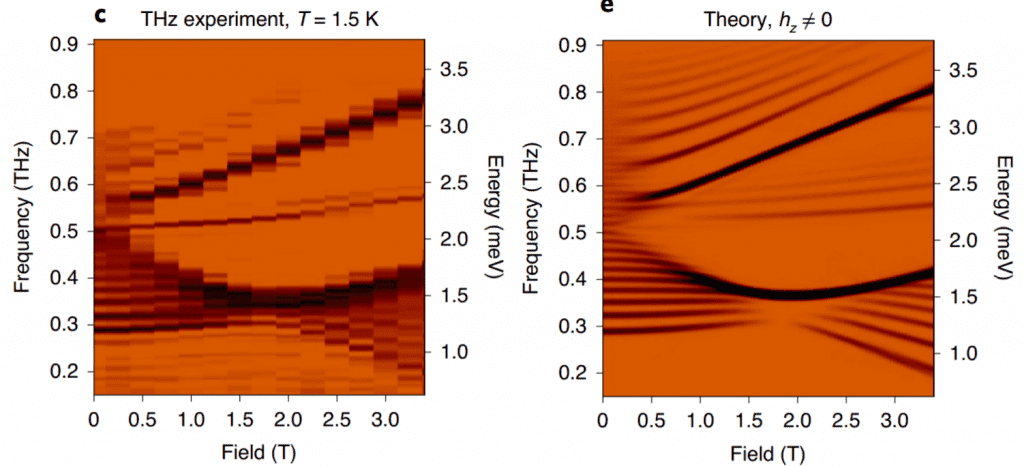
Revolutionary Research
The Institute for Quantum Matter (IQM) is an Energy Frontier Research Center that is realizing revolutionary quantum materials and structures where quantum effects such as entanglement and coherence find collective macroscopic manifestations. We expose, understand, and control the corresponding physical properties and explore their potential for energy-related applications.
